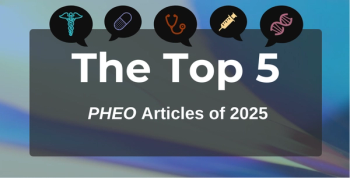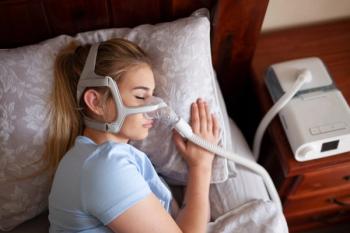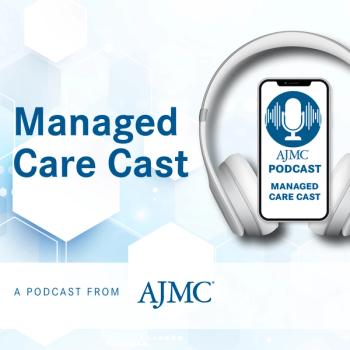
Case Report Warns of Pneumothorax Risk in Duchenne Muscular Dystrophy
The authors of this report stress the importance of awareness of COVID-19–related complications in young patients who have Duchenne muscular dystrophy, paying particular attention to a potential higher risk of respiratory infections in these patients.
Spontaneous pneumothorax, or collapsed lung absent a trauma-related cause, necessitated the placement of chest tubes in a 25-year-old male patient who had
Publishing their report
The patient in this report presented to the hospital with an already complex medical history: mild restrictive lung disease, scoliosis with spinal fusion at multiple levels, hypothyroidism, COVID-19 infection 7 months prior, and
A chest tube was placed and several additional procedures performed to aid in resolving the pneumothorax: a
The chest tubes were left in for 6 days, and on day 9 following surgery, the patient was discharged.
When discussing this case, the report authors highlighted how the weakened respiratory muscles of patients who have DMD predispose this patient population to a host of complications that include chronic respiratory failure, ineffective cough, and nocturnal hypoventilation. However, the causes of spontaneous pneumothorax remain in question. What is known is that among patients who have comorbid COVID-19, 1 in 99 patients experiences a spontaneous pneumothorax, and that the mortality rate considering the presence of both conditions is higher compared with patients who have DMD but not COVID-19.2
Managing these patients can be challenging, they added, due to the lack of guidance and an array of treatments with such dependable variables as pneumothorax size, symptoms, and etiology. Further, treatment strategies need to minimize potential for additional deterioration and worsening of pneumothorax from use of noninvasive ventilation. They stress the significance of respiratory function monitoring in ambulatory and nonambulatory patients.
“These patients face an increased risk of mortality, emphasizing the need for careful evaluation and cautious measures, including the identification of pleural blebs or bullae and careful noninvasive positive pressure ventilation use,” they concluded. “Further research and investigation are necessary to enhance our understanding and refine treatment strategies for managing pneumothorax in this specific patient population.”
References
- Bhattarai P, Karki M. Recurrent spontaneous pneumothorax in a young male with Duchenne muscular dystrophy following COVID-19 infection. Cureus. 2024;16(1):e52408. doi:10.7759/cureus.52408
- Ata F, Yousaf Z, Farsakoury R, et al. Spontaneous tension pneumothorax as a complication of Coronavirus disease 2019: case report and literature review. Clin Case Rep. 2022;10(5):e05852. doi:10.1002/ccr3.5852
Newsletter
Stay ahead of policy, cost, and value—subscribe to AJMC for expert insights at the intersection of clinical care and health economics.







































